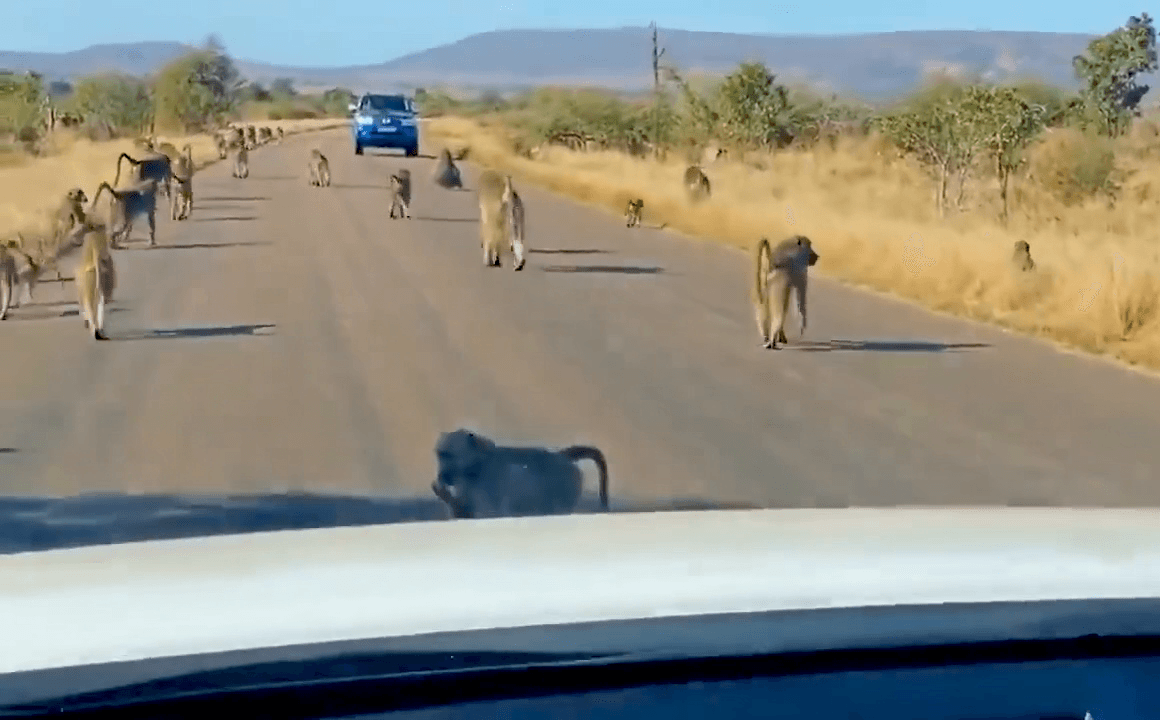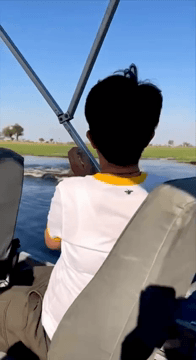
Walking Gun Field Sports Photography At Walking Gun, we specialise in capturing the moments that matter — the fine details, fleeting expressions, and unrepeatable atmospheres that define a sporting day. Whether you're stalking a stag on the hill, standing on a peg in a Devon valley, or watching a trusted dog work cover, we believe these moments deserve to be preserved with care, clarity, and craft. Our approach is rooted in experience and discretion. We understand field sports — not just the technical aspects, but the etiquette, rhythm, and emotional weight of the day. We don’t stage or interrupt; instead, we walk quietly alongside, blending into the background and allowing the story to unfold naturally. The result is photography that feels honest and immersive — a true reflection of your experience. Walking Gun has earned a global reputation for delivering the highest quality field sports photography, underpinned by unwavering discretion and confidentiality. Many of our clients are high-profile individuals and families who trust us not only for our artistry but for our professionalism and sensitivity. We honour that trust at every stage — from field to final image. What sets Walking Gun apart is our commitment to narrative. Each image is carefully composed, not just to show what happened, but to help you feel it again. From the soft dawn light to the last cast or final shot, we capture the entire arc of the day — the anticipation, the action, the stillness, and the shared moments in between. These photographs become more than mementos; they are visual stories that grow in value over time. For estates, outfitters, and individual Guns, our work offers lasting benefits. It elevates the experience for your clients, creates elegant marketing assets, and documents the legacy of days that can never be repeated. For individuals, it is an investment in memory — the chance to revisit a perfect moment, years from now, and see it exactly as it was. Our galleries are diverse — from driven grouse and high pheasant to stalking, fly fishing, and European shooting — but the philosophy remains constant: attention to detail, reverence for the sport, and the belief that every great sporting day deserves to be recorded beautifully. At Walking Gun, we don't just take photographs. We preserve experiences — so that you can return to them, share them, and pass them on. Happy to travel so please reach out to discuss a permanent visual record of your next hunt.
Post: 22 May 19:24















































